Growing Prevalence of Infectious Diseases
The Patient Temperature Monitoring Market is impacted by the growing prevalence of infectious diseases, which necessitates vigilant monitoring of body temperature as a key symptom. Healthcare facilities are increasingly investing in temperature monitoring solutions to quickly identify and manage febrile patients. This trend is particularly evident in emergency departments and outpatient settings, where rapid assessment is crucial. Market analysis indicates that the rise in infectious disease cases is likely to drive demand for efficient temperature monitoring systems, as healthcare providers aim to enhance their diagnostic capabilities and improve patient outcomes.
Advancements in Digital Health Technologies
The Patient Temperature Monitoring Market is experiencing a surge due to advancements in digital health technologies. Innovations such as smart thermometers and mobile health applications are enhancing the accuracy and convenience of temperature monitoring. These devices often integrate with smartphones, allowing for real-time data tracking and sharing with healthcare providers. The increasing adoption of these technologies is expected to drive market growth, as they offer patients and clinicians improved access to health information. According to recent estimates, the market for digital health technologies is projected to grow significantly, indicating a robust demand for patient temperature monitoring solutions that leverage these advancements.
Rising Demand for Remote Patient Monitoring
The Patient Temperature Monitoring Market is witnessing a rising demand for remote patient monitoring solutions. As healthcare systems increasingly prioritize patient-centered care, the need for continuous monitoring of vital signs, including temperature, has become paramount. Remote monitoring technologies enable healthcare providers to track patients' conditions from afar, reducing the need for in-person visits. This trend is particularly relevant in chronic disease management, where timely temperature assessments can prevent complications. Market data suggests that the remote patient monitoring segment is expected to expand rapidly, reflecting a shift towards more efficient healthcare delivery models.
Integration of Artificial Intelligence in Healthcare
The Patient Temperature Monitoring Market is being transformed by the integration of artificial intelligence (AI) in healthcare. AI technologies are enhancing the capabilities of temperature monitoring devices by enabling predictive analytics and personalized health insights. These advancements allow for more accurate assessments of patient conditions and timely interventions. As healthcare providers increasingly adopt AI-driven solutions, the demand for sophisticated temperature monitoring systems is expected to rise. Market forecasts suggest that the incorporation of AI in patient monitoring will play a pivotal role in shaping the future of the industry, potentially leading to improved patient care and operational efficiencies.
Increased Focus on Patient Safety and Quality of Care
The Patient Temperature Monitoring Market is significantly influenced by the increased focus on patient safety and quality of care. Healthcare institutions are implementing stringent protocols to monitor patients' vital signs, including temperature, to prevent adverse events. This emphasis on safety is driving the adoption of advanced temperature monitoring devices that provide accurate and timely readings. Regulatory bodies are also advocating for improved monitoring practices, which further propels market growth. The demand for high-quality patient care is likely to sustain the momentum of the temperature monitoring market, as healthcare providers seek to enhance their service offerings.
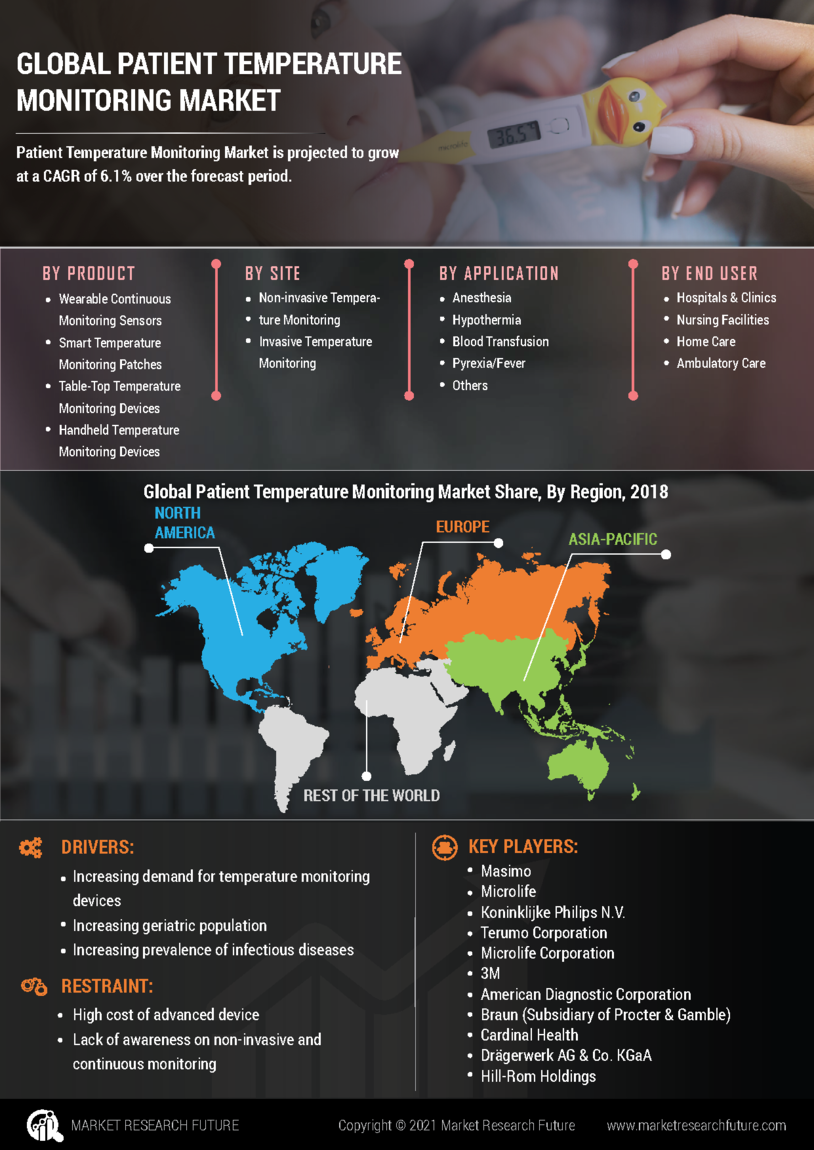

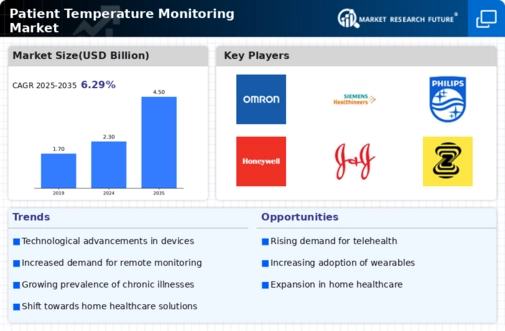
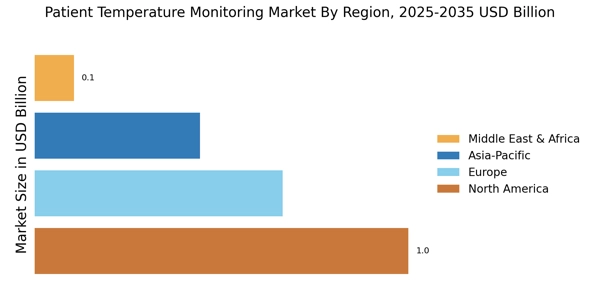
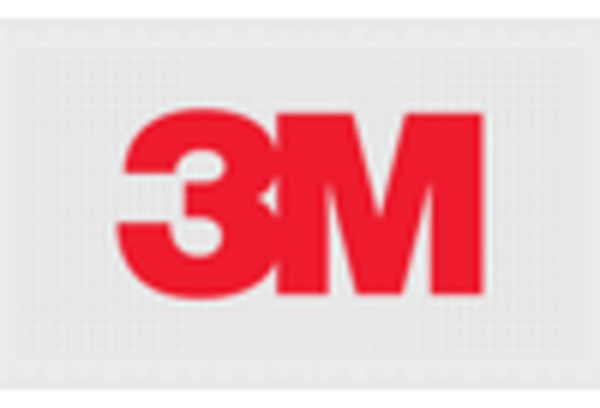
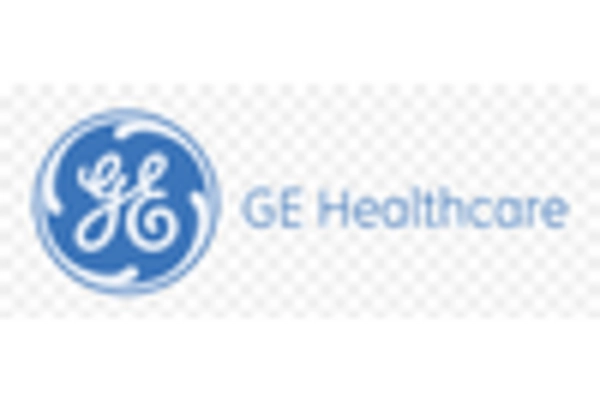

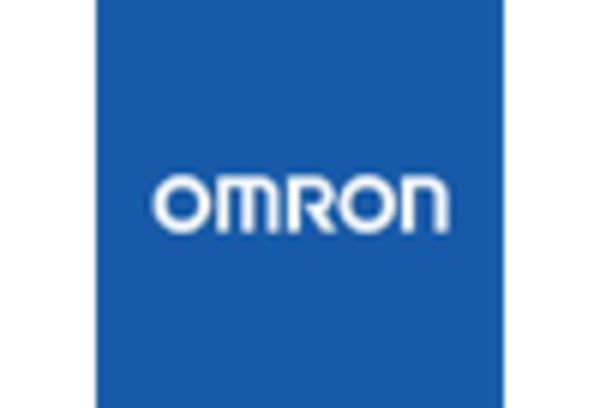
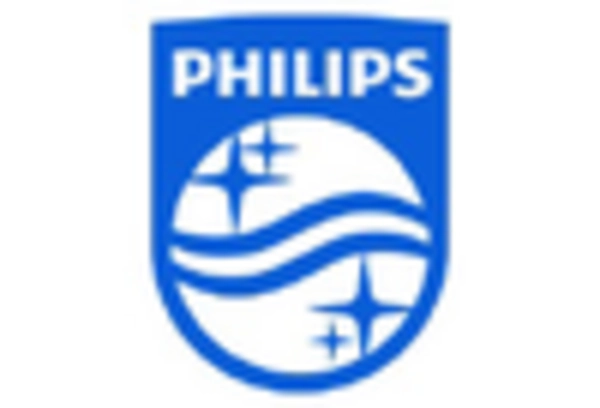









Leave a Comment